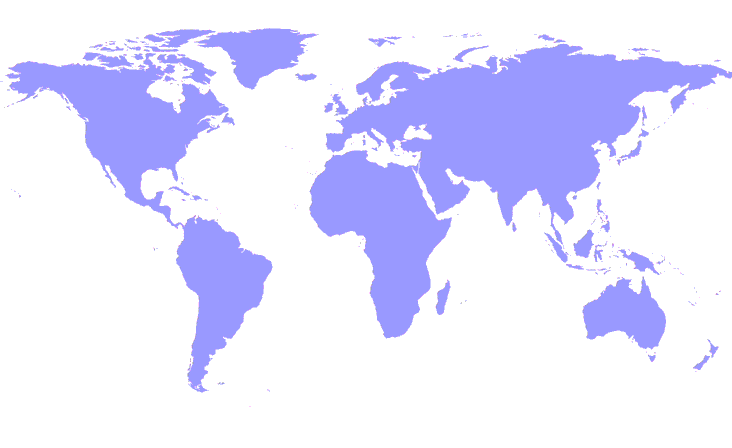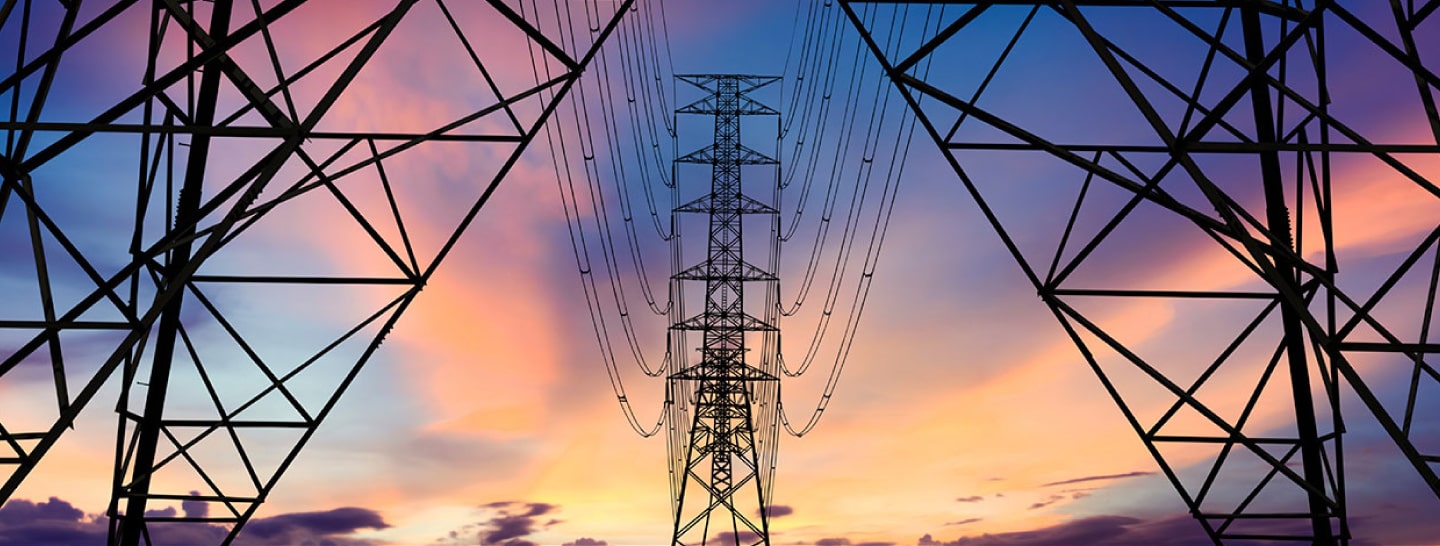Our presence extends from Europe to Latin America, North America, Asia and Oceania, a total of 58 million customers worldwide and 19 countries of operation.
Who We Are
We are leader in the development of innovative solutions dedicated to accompanying residential consumers, businesses and municipalities throughout the energy transition.
Our Vision
We improve people’s daily lives by enabling everyone to actively make better energy choices.
Our Mission
We provide an ecosystem of integrated solutions easily adoptable by everyone.
Our Business
We enable people and businesses to keep their energy consumption under control.
Our People
Willing to adapt and change quickly, nimble and creative in the face of risk and responsive to opportunity.


The countries in which we are present
Our Offer
Our Innovation
We develop and implement new solutions, designed to respond to customer needs, by using the most innovative technologies on the market, making use of partnerships and collaborations with startups.

Our Sustainability
We designs and develops sustainable solutions using circular and inclusive methodologies, with the goal of supporting consumers, businesses, and cities in their energy optimization and self-production journeys.

The virtual circle of Electrification
Electrification replaces electricity generated by fossil fuels with electricity generated by renewable sources. It drives the development of innovative technologies that make the use of energy more accessible and widespread.

The Heart of Our Culture
At Enel X Global Retail, we are constantly working to promote and consolidate a culture of Health, Safety, Environment and Quality by building on our principles and guidelines.

Complete certification
We have defined corporate processes and structures that are internationally recognized as being aligned with the highest standards according to ISO norms.

What’s the Story?
Explore our series of in-depth stories about how our innovative solutions are driving the energy transformation and unlocking new opportunities for people, businesses and cities around the world. For a future of progress, growth and sustainability for everyone, everywhere.

























